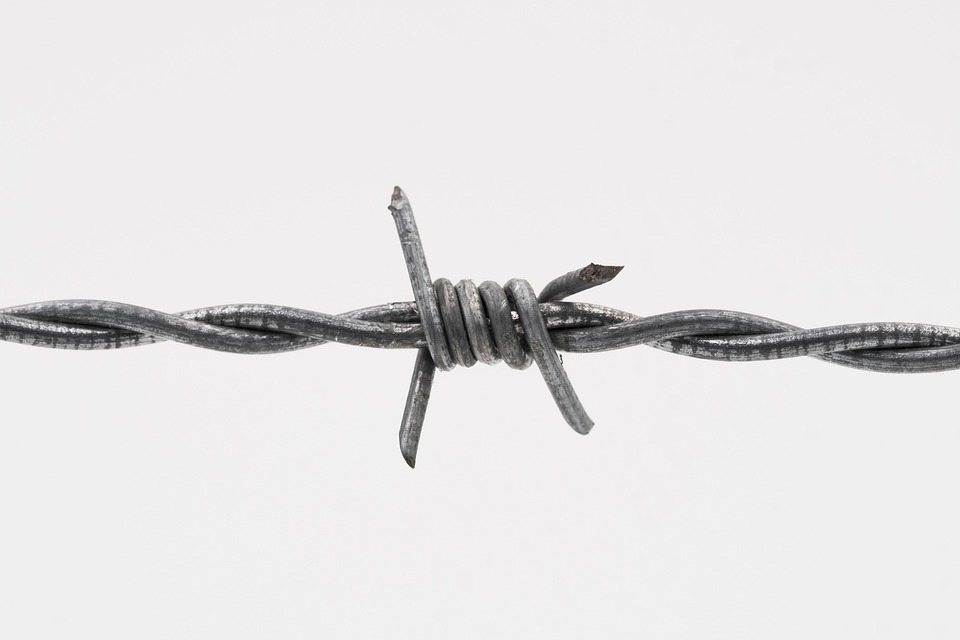Crafting an Impressive Cover Letter for Validation Engineer Positions
In the competitive arena of validation engineering, a well-crafted cover letter can make all the difference. It’s more than just a prelude to your CV; it’s your chance to showcase not only your technical skills but also your personality and enthusiasm for the role. Here’s how to elevate your cover letter and make it stand out.
1. Personalisation is Key
Addressing your cover letter to a specific individual can create an instant connection. If possible, find out the name of the hiring manager or the relevant team leader. A simple “Dear Mr. Smith” or “Dear Dr. Jones” is far more engaging than a generic “To Whom It May Concern.” Tailoring your letter to reflect the company’s values and mission demonstrates that you’ve done your research and are genuinely interested in the position.
2. Open with a Bang
Your opening paragraph should grab the reader’s attention immediately. Instead of a bland introduction, consider starting with a compelling statement about your passion for validation engineering or a brief anecdote that illustrates your dedication to quality assurance. For example, recount a project where your intervention improved product reliability, thus setting the stage for your suitability for the role.
3. Showcase Relevant Skills and Experiences
When it comes to the body of your cover letter, specificity is paramount. Highlight your relevant qualifications and experiences, but do so in a way that aligns with the job description. If the role requires expertise in software validation, discuss your experience with specific tools and methodologies. Use bullet points or numbered lists to clearly outline your achievements and the impact you’ve made in previous roles, such as:
- Developed and executed validation protocols for software applications, resulting in a 30% reduction in post-release defects.
- Collaborated with cross-functional teams to ensure compliance with regulatory standards, enhancing product safety and reliability.
This format makes your key points easily digestible and ensures that the reader can quickly see your value.
4. Emphasise Soft Skills
While technical proficiency is crucial, don’t underestimate the importance of soft skills. Validation engineers often work in collaborative environments, so it’s essential to demonstrate your communication skills, problem-solving abilities, and adaptability. A brief example of how you navigated a challenging team dynamic or resolved a complex issue can illustrate these attributes effectively.
5. Conclude with Enthusiasm
Your closing paragraph should reiterate your interest in the role and the company, emphasizing how your skills align with their needs. A simple statement like “I am eager to bring my expertise in validation engineering to your esteemed team” conveys enthusiasm. Don’t forget to thank the reader for their time and express your anticipation for the opportunity to discuss your application further.
Crafting Your Masterpiece
In crafting your cover letter, remember that clarity and authenticity are vital. Your personality should shine through while maintaining a professional tone. A captivating cover letter can be the key that unlocks the door to your dream job in validation engineering.
As you embark on this journey, remember that CVPortal continuously provides a wealth of high-quality resume references to assist you in your pursuit of professional excellence.


